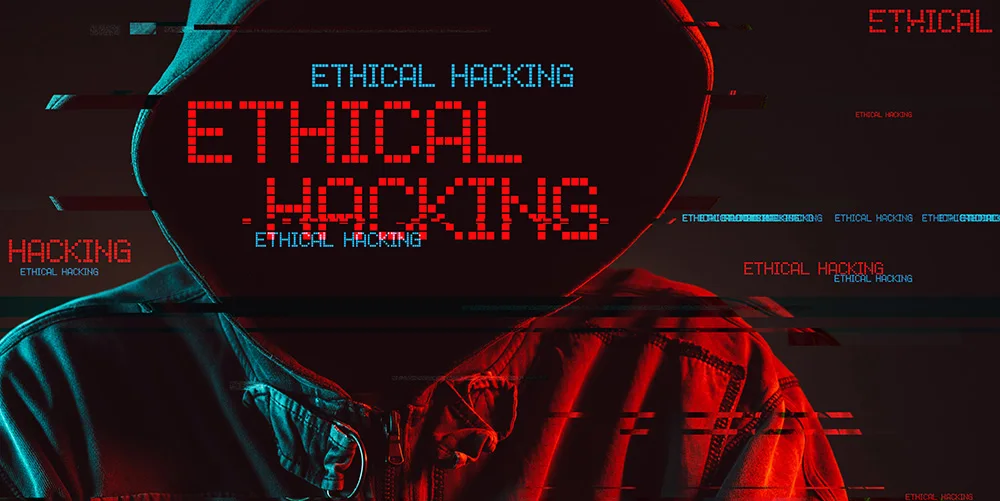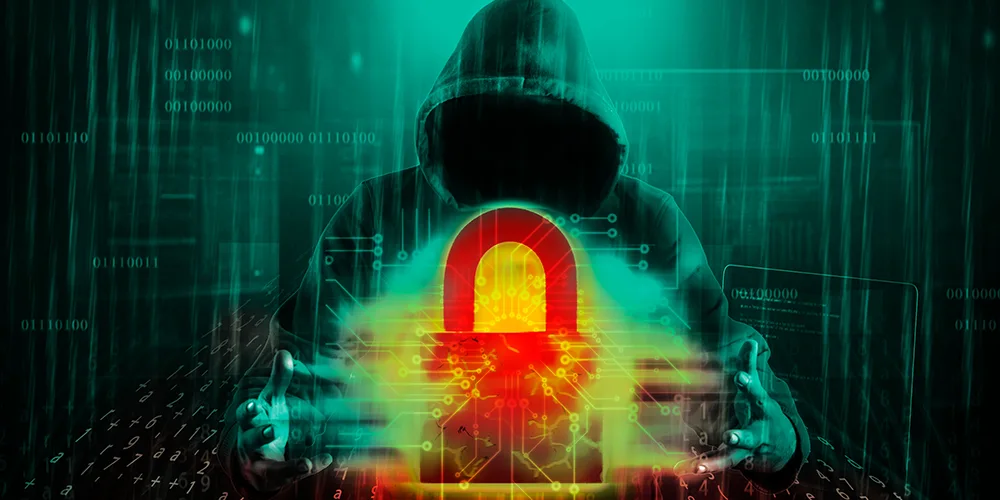Why your organisation needs VMaaS: Turning vulnerabilities into strengths

Posted on October 1, 2024 by Louise Howland
In today’s hyper-connected world, where cyber threats evolve daily, managing vulnerabilities across your IT systems isn’t just a good idea—it’s essential. Software vulnerabilities are like open windows, inviting cybercriminals to exploit weaknesses and cause damage. But with the sheer volume of new vulnerabilities being discovered each day, many organisations find it overwhelming to keep up. Enter ramsac’s Vulnerability Management as a Service (VMaaS) – a solution that not only manages these risks but turns them into an opportunity for your organisation to strengthen its cybersecurity posture.
The hidden cost of unmanaged vulnerabilities
Software vulnerabilities are not just technical flaws; they are business risks. A single unpatched vulnerability can lead to data breaches, financial losses, and irreparable damage to your reputation. Recent studies show that a staggering number of security incidents are caused by known vulnerabilities—those that already have fixes available but remain unpatched.
For organisations trying to manage these vulnerabilities manually, the challenge is daunting. The larger your IT estate, the more software is deployed, and the more complex it becomes to track, patch, and manage vulnerabilities across the board. Even the most diligent IT teams struggle to keep up, leaving critical gaps that could be exploited at any moment.
Why VMaaS? It’s more than just patching
So, why would an organisation turn to VMaaS? The answer goes beyond simply patching software. VMaaS from ramsac is a comprehensive service that transforms vulnerability management from a reactive task into a proactive strategy. Here’s how:
- Proactive vulnerability identification and reduction: VMaaS starts with deploying advanced monitoring tools that continuously scan your workstations and servers, identifying vulnerabilities across your systems. This isn’t just a one-time snapshot—it’s an ongoing process that keeps you aware of your security posture at all times.
- Automated 3rd party patching: One of the standout features of VMaaS is its ability to automatically patch supported 3rd party software, relieving your IT team of this time-consuming task. By automating updates, VMaaS reduces the manual workload, ensuring your systems are up-to-date with the latest security patches without interrupting daily operations.
- Strategic approach to vulnerability management: Managing vulnerabilities isn’t just about applying patches. VMaaS includes regular reviews and baselining activities that aim to reduce your overall vulnerability count. This involves removing outdated software, enabling auto-patching, and making strategic changes to minimise risks.
- Clear reporting and expert recommendations: Each month, VMaaS clients receive detailed reports showing the vulnerabilities identified, actions taken, and further recommendations. This transparency empowers organisations to make informed decisions and continually improve their security baseline.
Turning a challenge into a competitive advantage
With VMaaS, managing vulnerabilities becomes an opportunity to enhance your organisation’s overall resilience. By proactively addressing weaknesses, you reduce the chances of a costly security incident and demonstrate a commitment to protecting your clients’ data. This proactive stance not only strengthens your defences but also builds trust with your stakeholders, positioning your organisation as one that takes cybersecurity seriously.
Embrace the future of vulnerability management
Vulnerability management isn’t just an IT task—it’s a critical business function. VMaaS from ramsac turns this challenge into a streamlined, strategic process that helps safeguard your organisation from today’s ever-evolving cyber threats. By embracing VMaaS, you’re not just protecting your IT systems; you’re future-proofing your business against the growing risks of the digital world.
Ready to transform your approach to cybersecurity? Discover more about how VMaaS can benefit your organisation by contacting ramsac today.
How can we help you?
We’d love to talk to you about your specific IT needs, and we’d be happy to offer a no obligation assessment of your current IT set up. Whether you are at a point of organisational change, unsure about security, or just want to sanity check your current IT arrangements, we’re here to help.








